We were two days in Milan last week and we had the opportunity to visit the beautiful Fondazione Prada. Co-chaired by Miuccia Prada and her husband Patrizio Bertelli, Fondazione Prada is an institution dedicated to contemporary art and culture. It has venues in Venice and in 2015 it opened a new, permanent facility in Milan. The amazing Milanese venue conceived by Rem Koolhaas, combines existing buildings with new structures. It is the result of the transformation of a distillery dating back to the 1910’s.

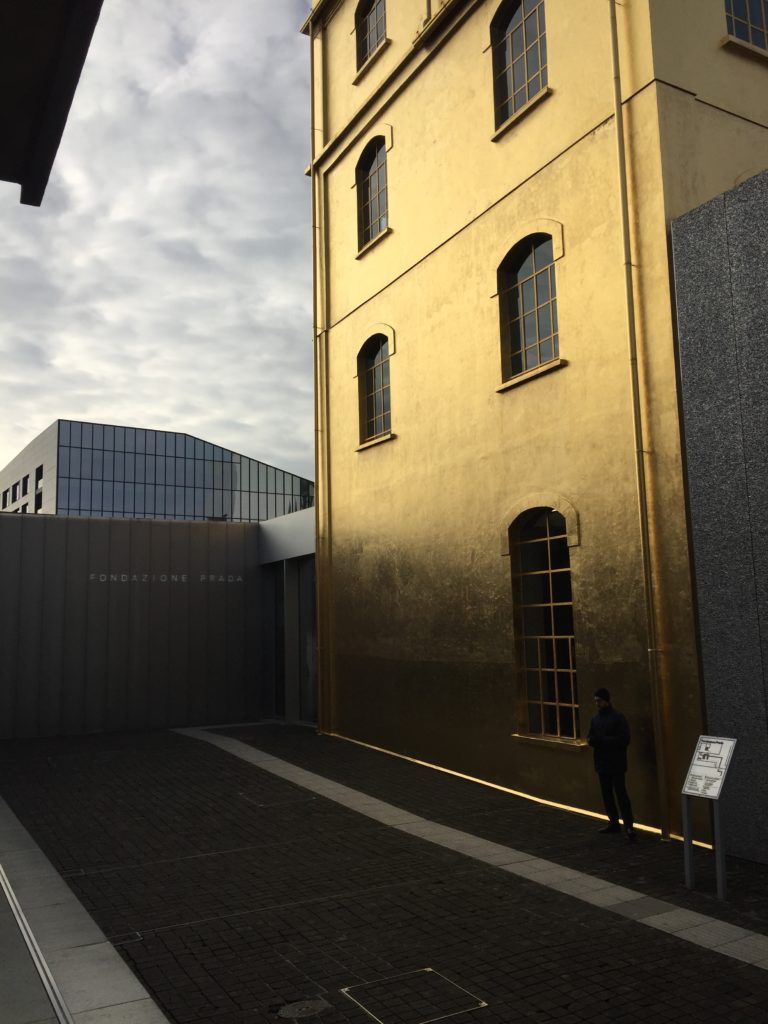
First we visited the permanent exhibition and from everything we saw, the following made a big impression to me: The artwork ‘Tulips’ (1995-2004) by Jeff Koons is a massive art installation, perfectly executed.
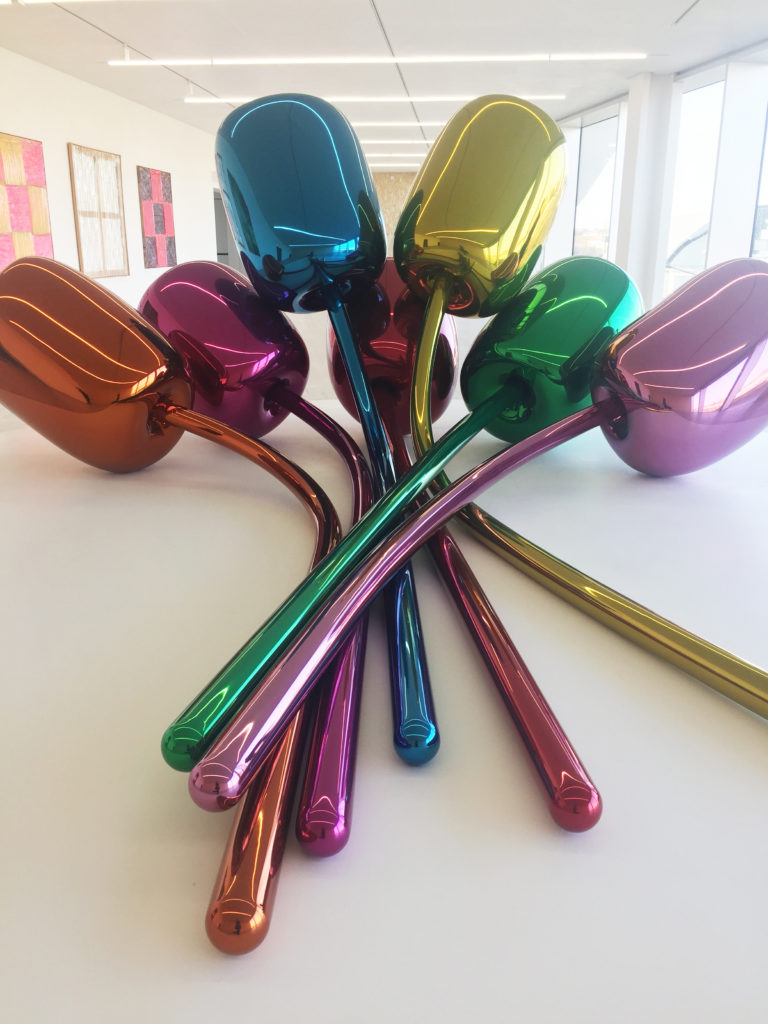
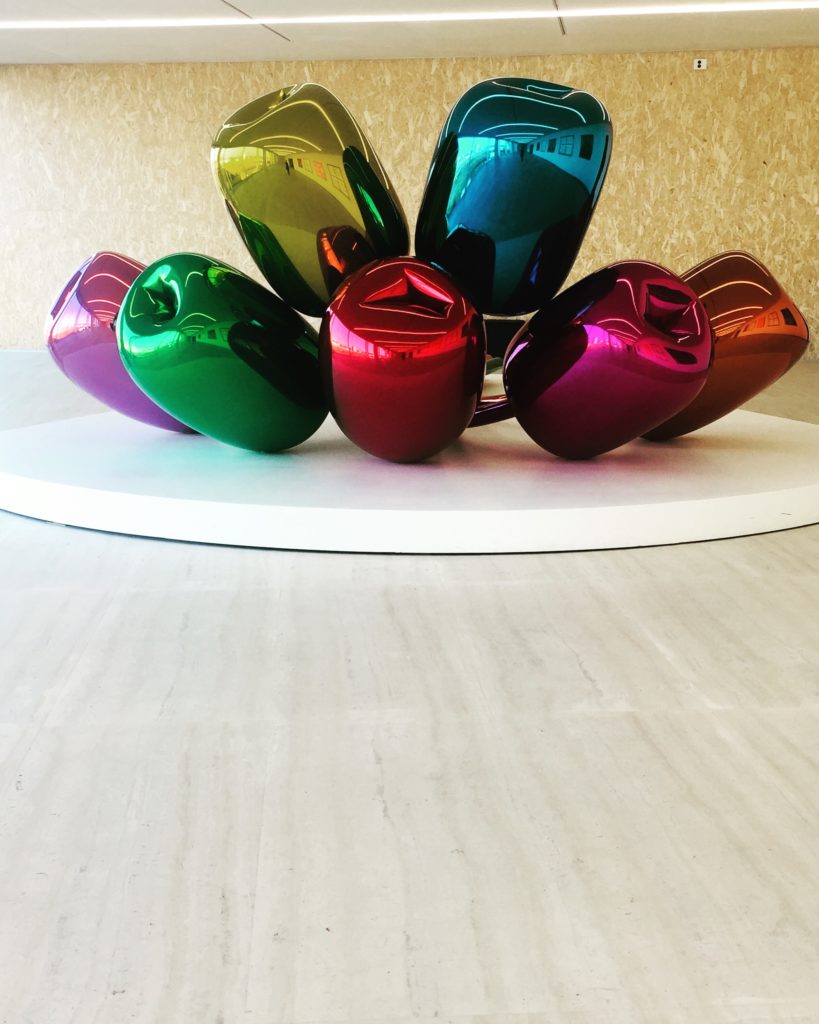
Carsten Holler’s amazing ‘Upside Down Mushroom Room’ is a dreamy installation that reminds you of Alice in Wonderland.
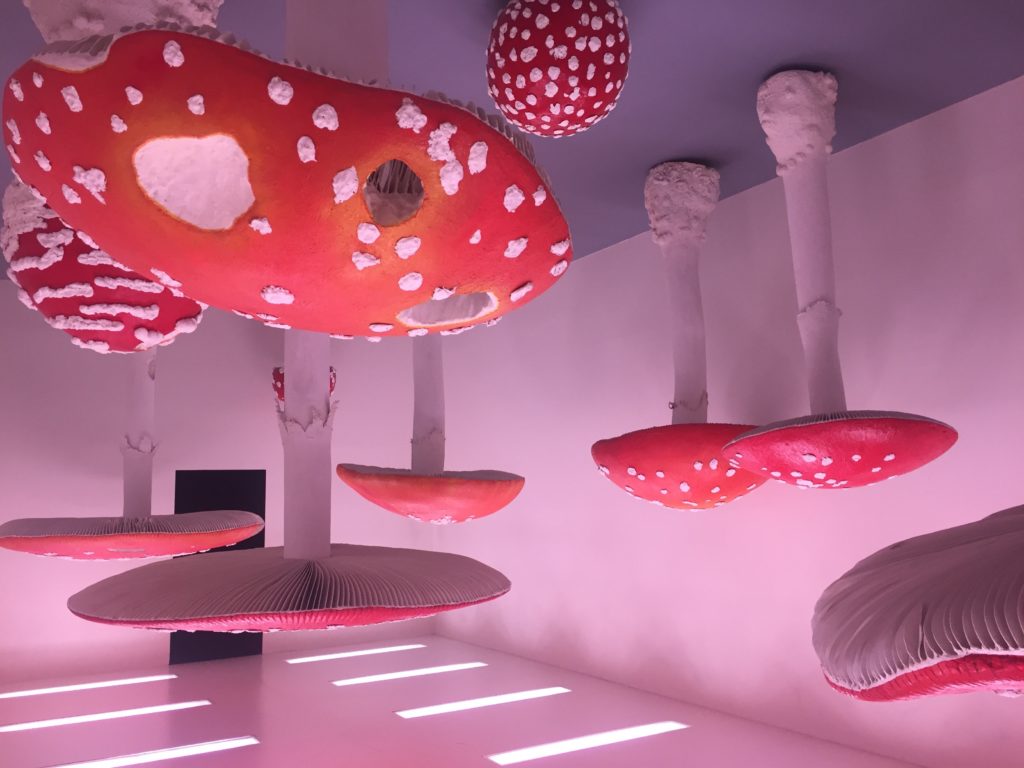
And last but not least, ‘The Last Judgement’ (2002) by Damien Hirst, which is a huge artwork consisted of real flies glued with resin on canvas.
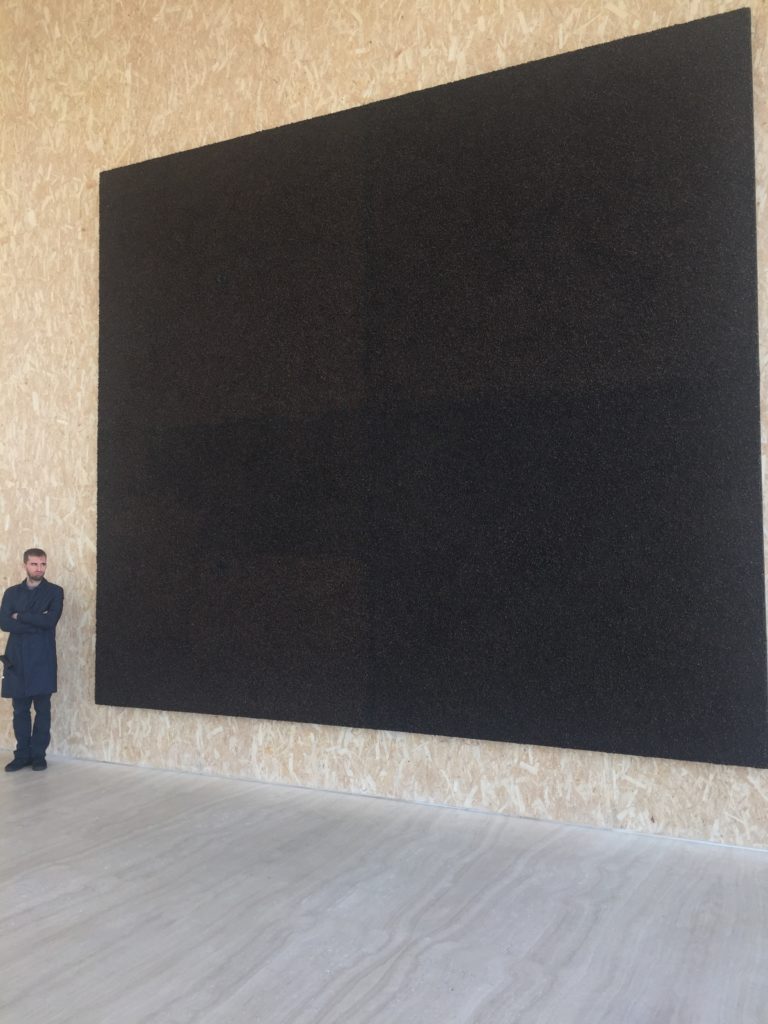
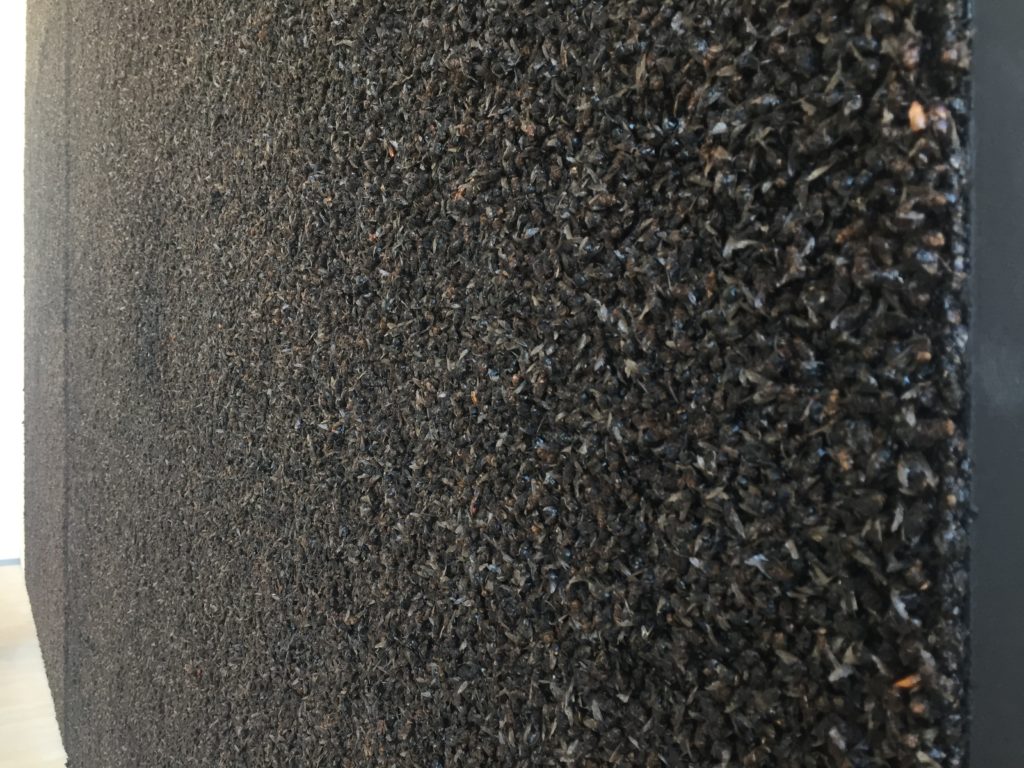
We also saw a temporary exhibition project curated by Wes Anderson, one of my favorite directors, together with illustrator, designer and writer Juman Malouf. The exhibition is called ‘Il sarcofago di Spitzmaus e altri tesori’ (meaning Spitzmaus Mummy in a Coffin and Other Treasures). Organized in collaboration with two Austrian museums, the exhibition features 538 artworks and objects selected by the two curators, from collections of the Art History Museum and the Natural History Museum in Vienna. The exhibition is organized in a very interesting way by groups of works: from green objects to portraits of children, from miniatures to timepieces, from boxes to wooden objects, from portraits of noblemen and common people to natural subjects like meteorites and animals. All items are mixed and combined, with no regard to chronological order or art movement, with unexpected but very interesting results.
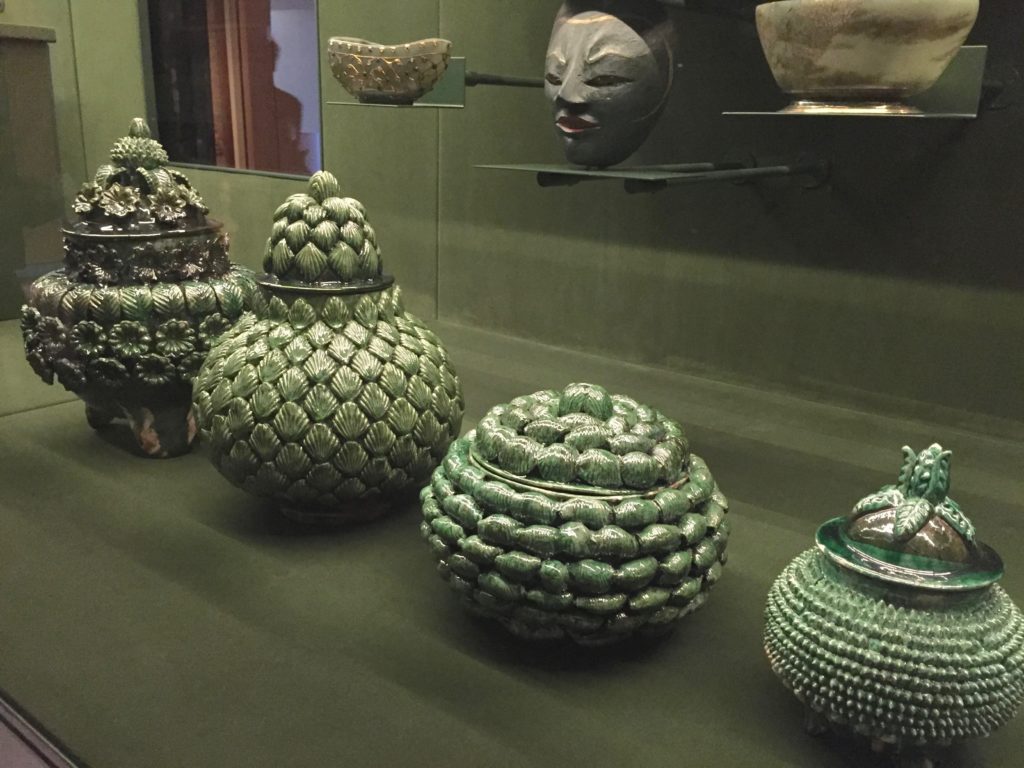
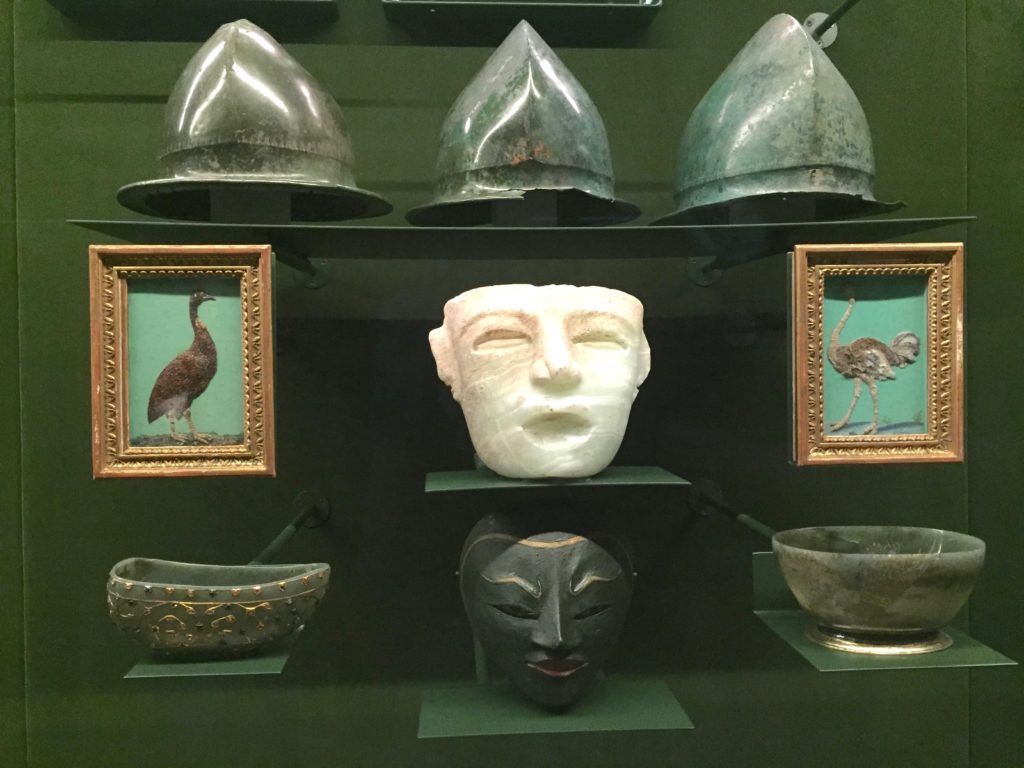
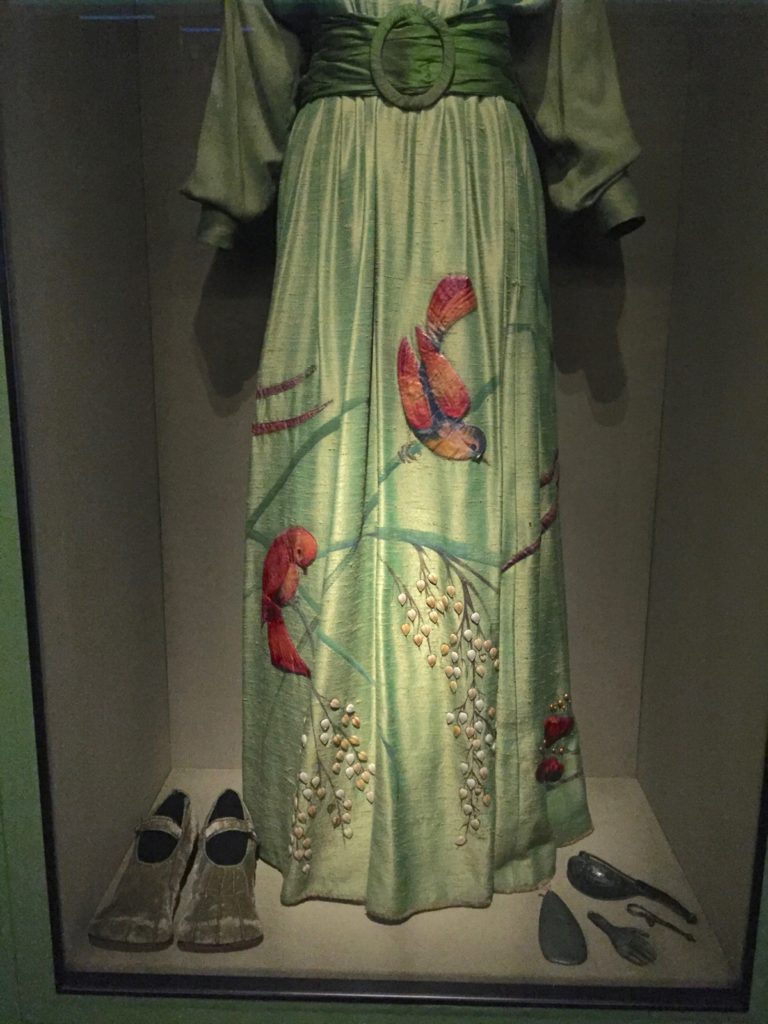
In the end, we enjoyed a great espresso at the Bar Luce, the Fondazione cafe. It was designed by Wes Anderson himself in 2015, recreating the atmosphere of a typical Milanese cafe. The colors, the formica furniture, the seats, the floor, and the wood wall panels are inspired by Italian popular culture and aesthetics from the 1950s and 1960s.
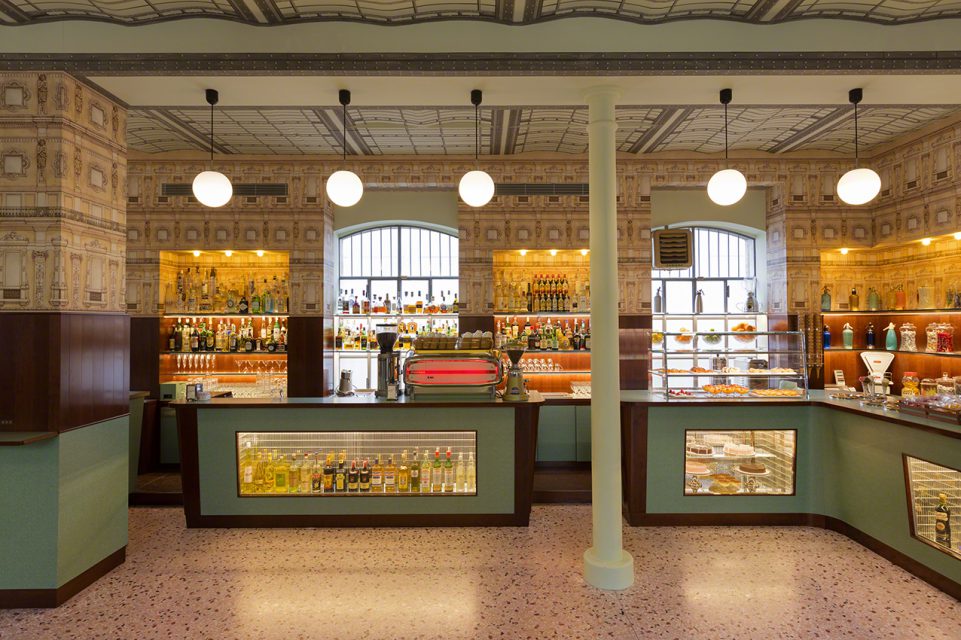

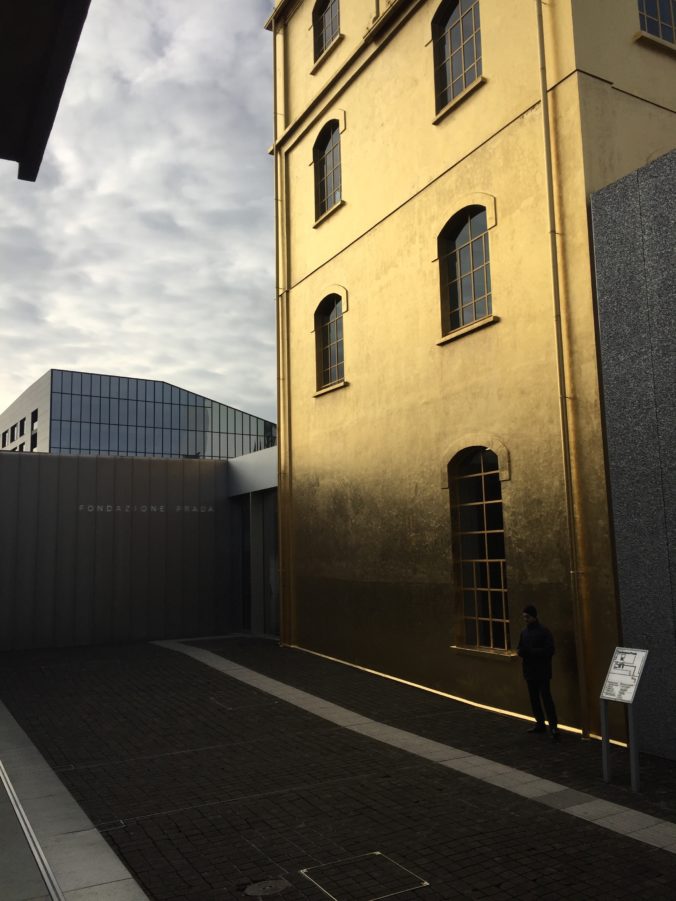
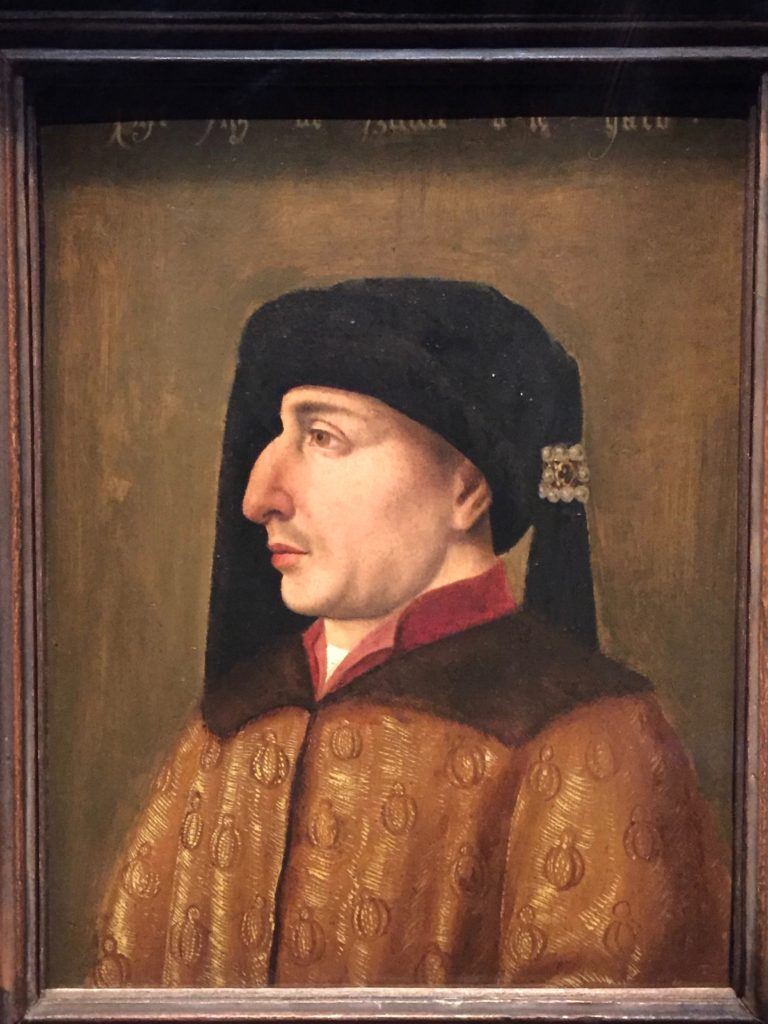
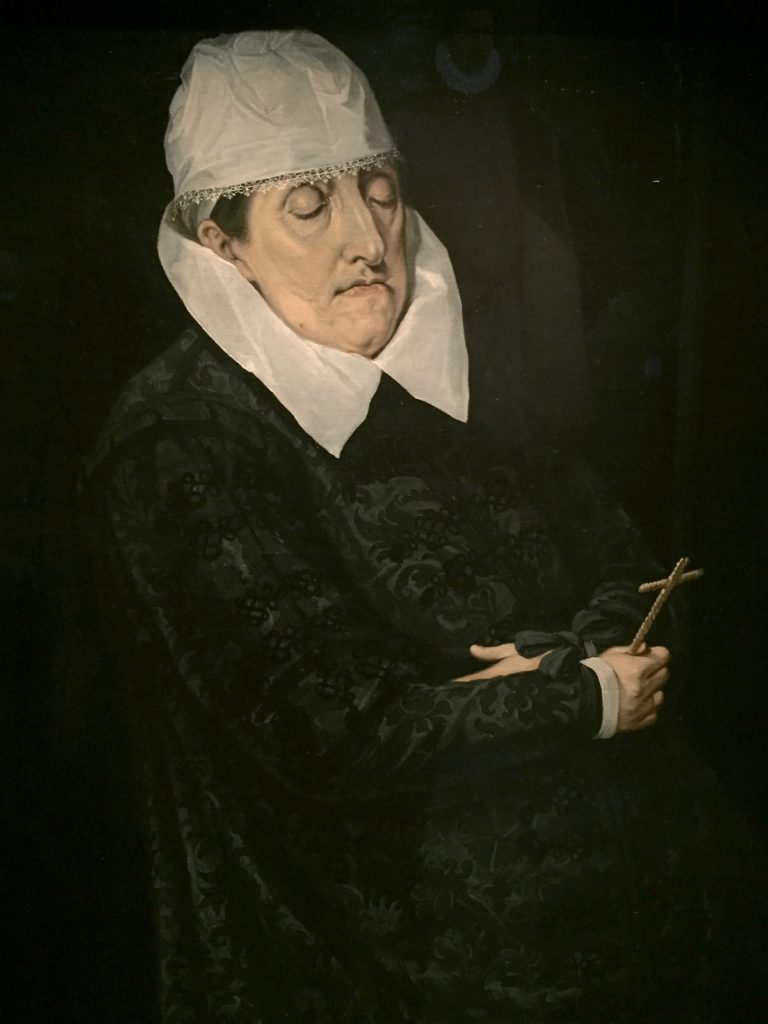
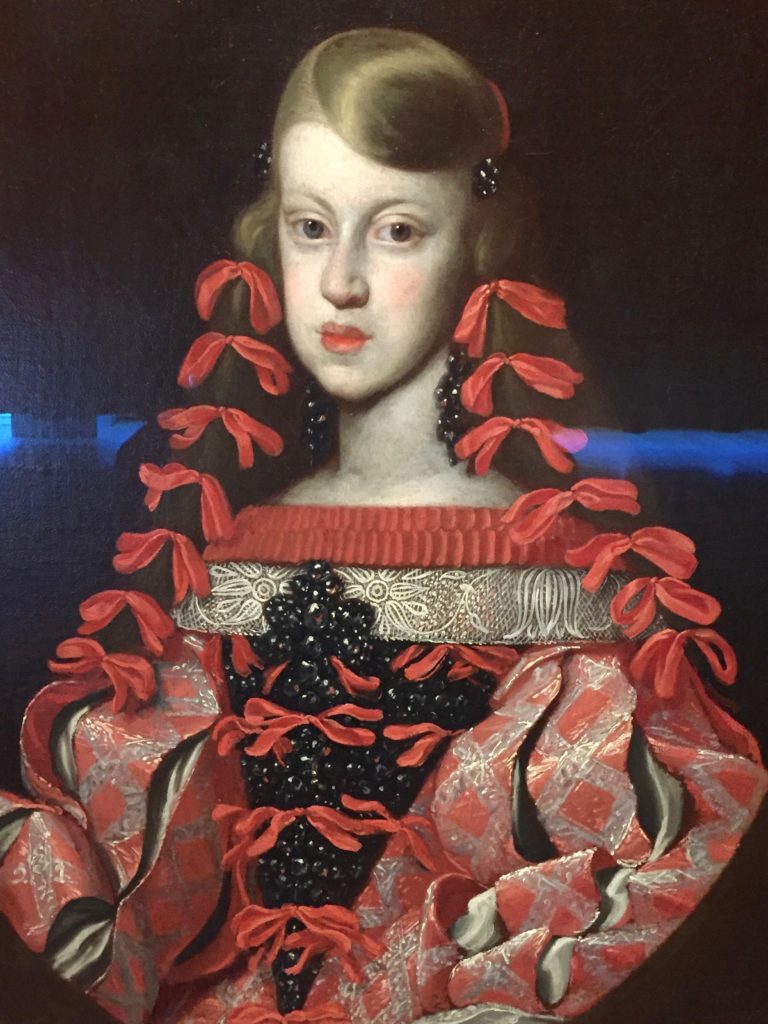
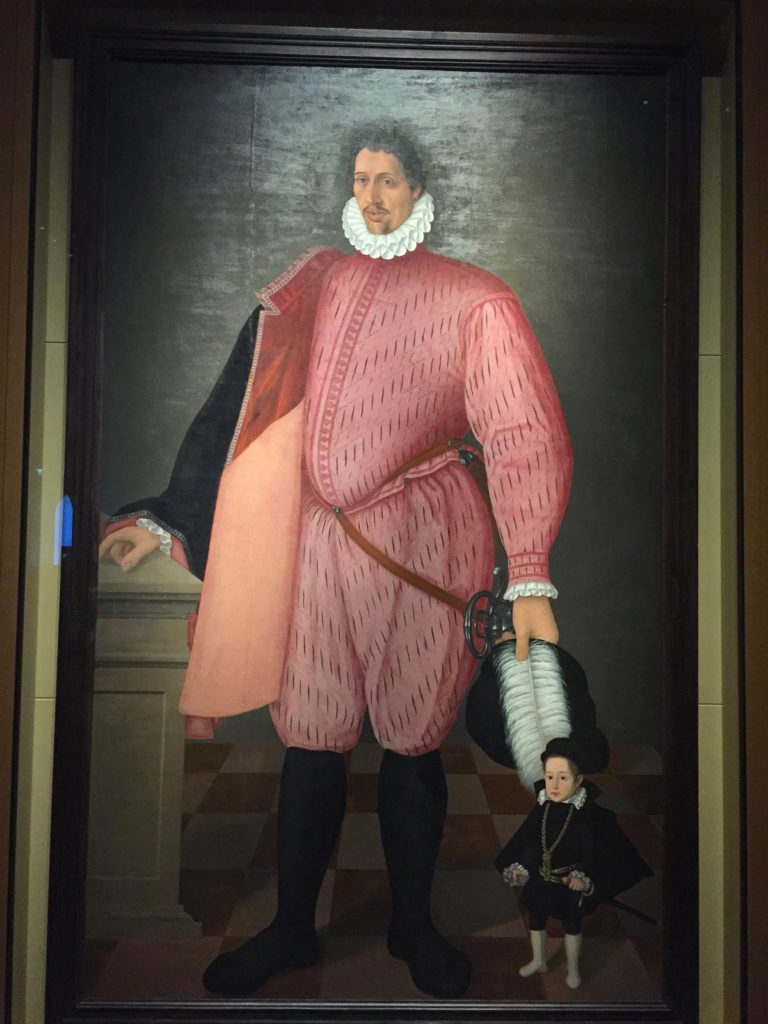
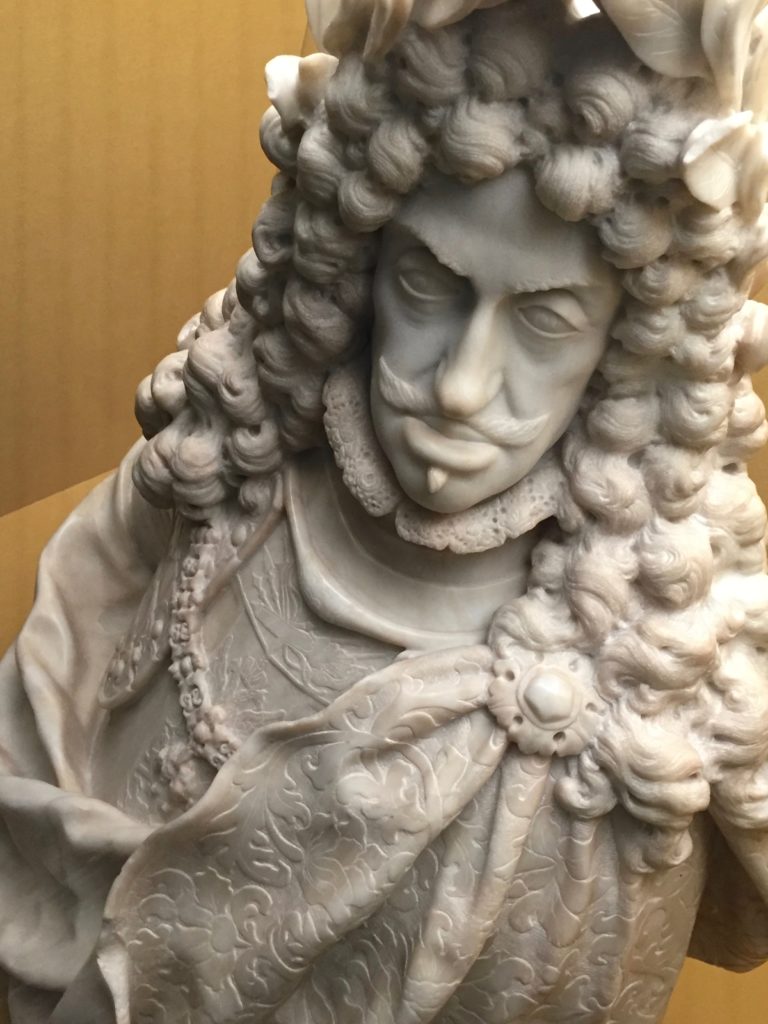
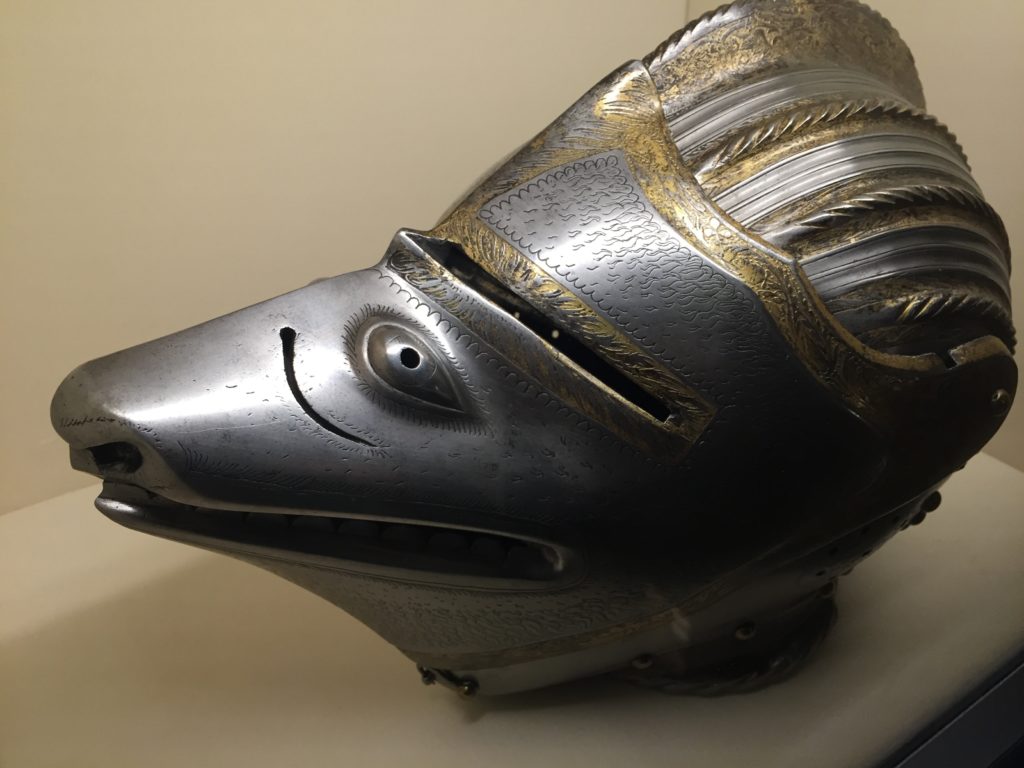
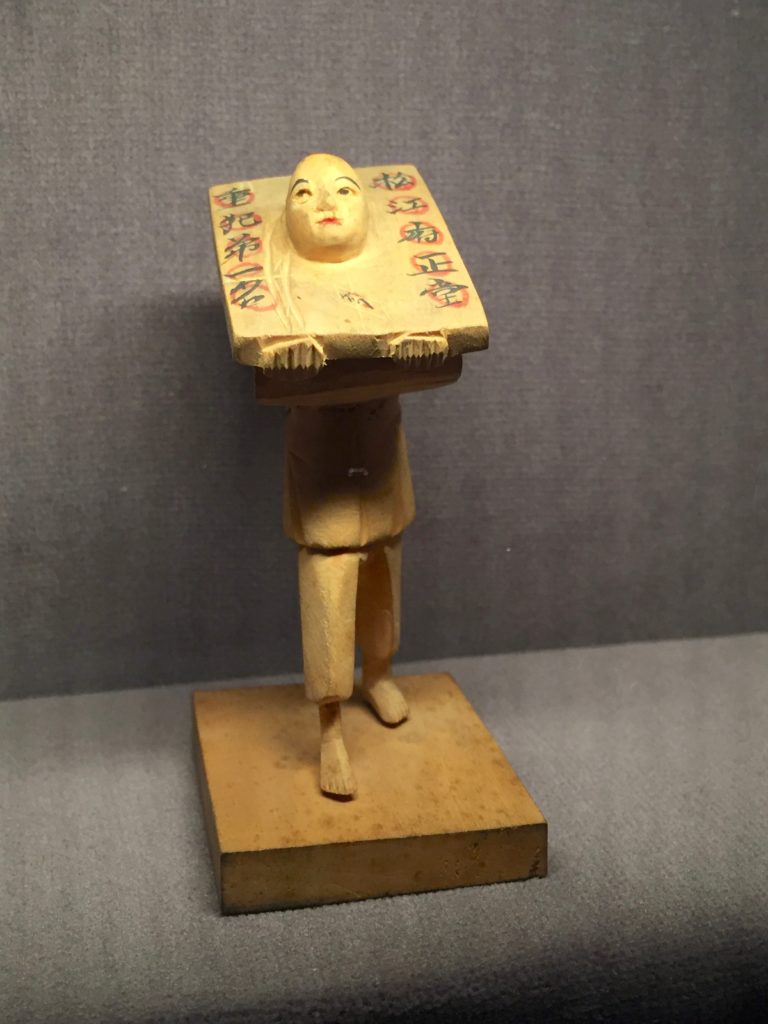
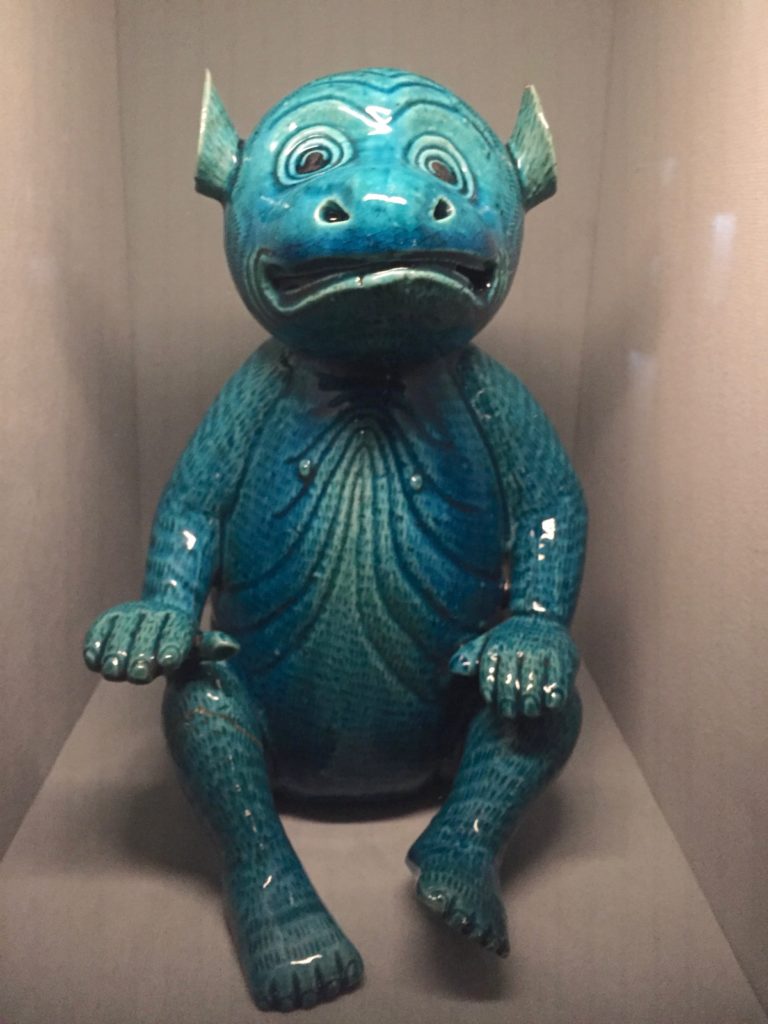
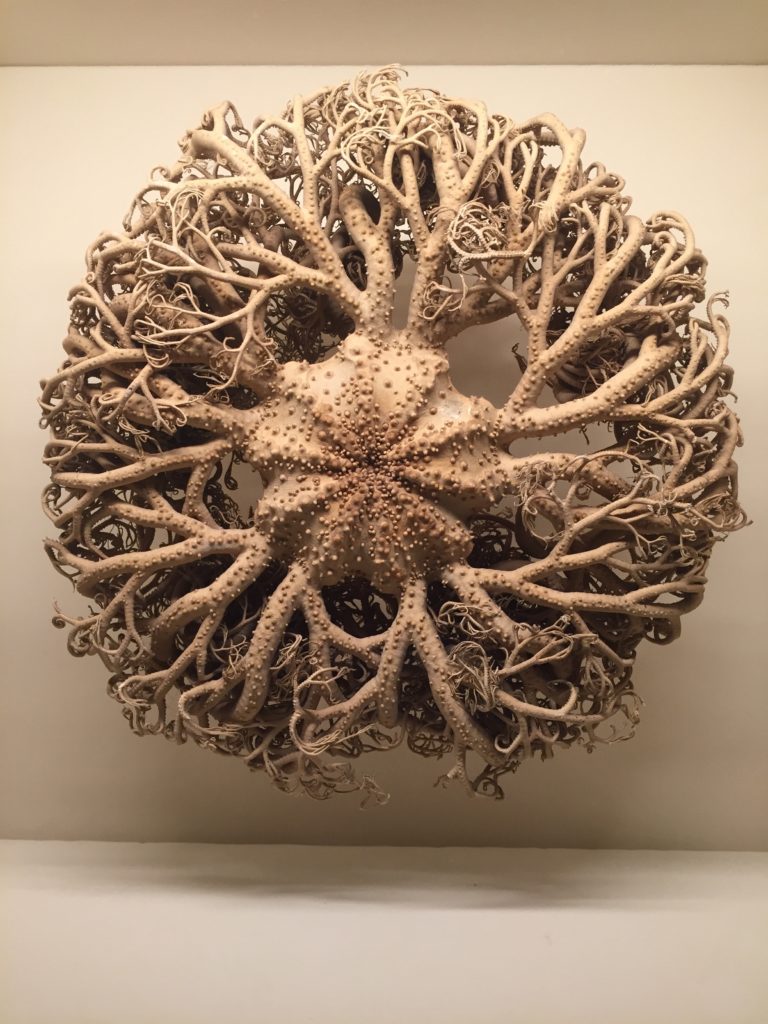
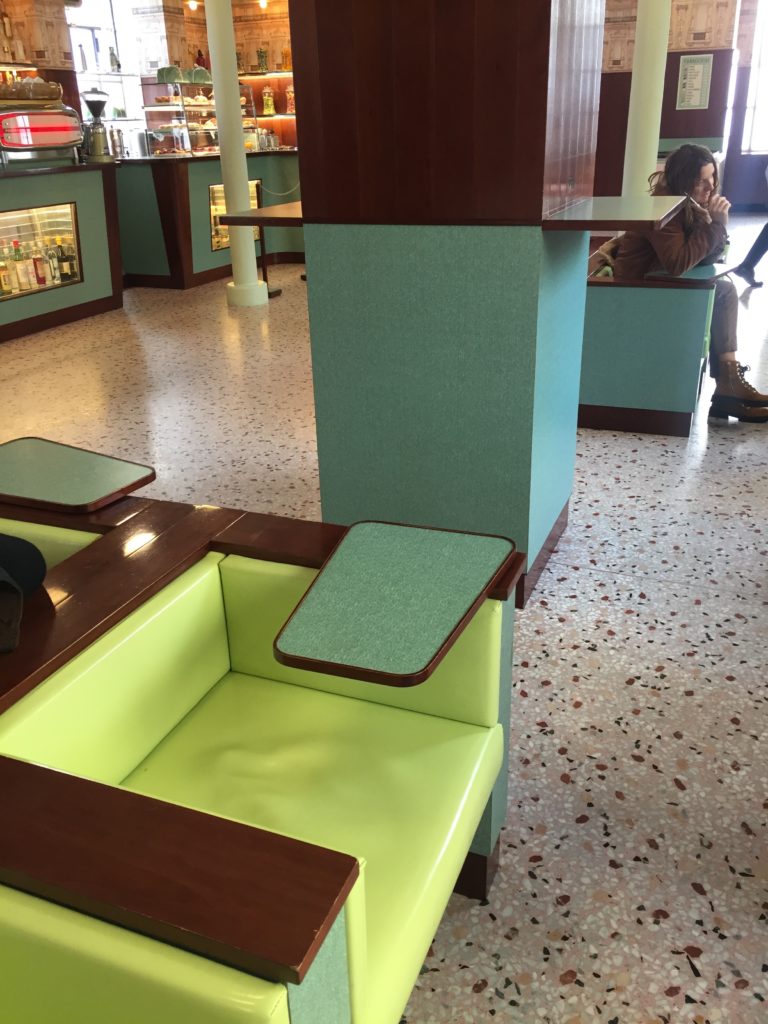
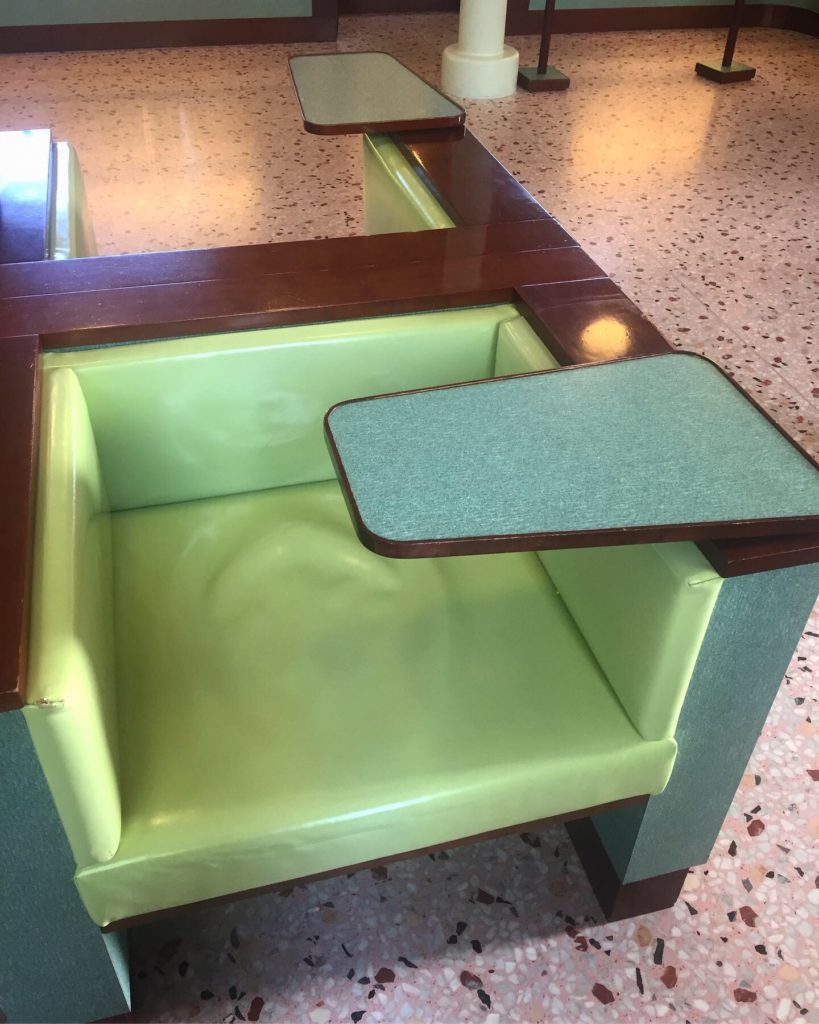
Leave a Reply